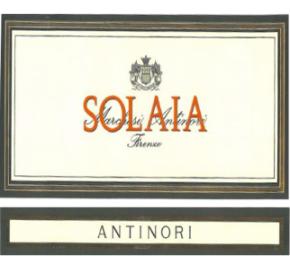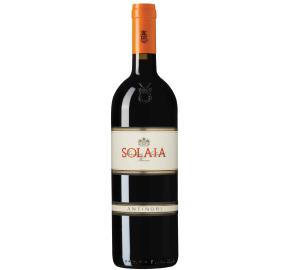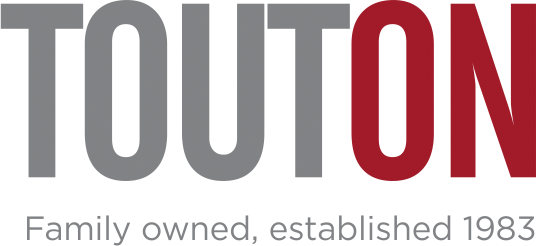Solaia - by Piero Antinori 2011
Tasting notes
An intense ruby red in color, at times impenetrably so, the 2011 Solaia shows intensely warm aromas which reflect the climate of the season while maintaining a delicate freshness as well. On the palate, the ripe red fruit and the spices, along with deep and floral notes, define the wine's
complex structure. The palate is succulent, rich, enveloping, and sweet thanks to the presence of dense, supple, and rounded tannins. The vibrant acidity contributes to the excellent expressiveness of the flavors and to a highly pleasurable, long, and persistent finish and aftertaste.
History
Solaia is, approximately, a 50 acre (20 hectare) vineyard with a southwestern exposure situated at 1150-1325 feet (350-400 meters) above sea level on soils of limestone rocks rock and flaky calcareous clays; the vineyard is part of the Antinori's Tiganello estate. The Marchesi Antinori firm
produced the wine for the first time in the year 1978, utilizing a blend of 80% Cabernet Sauvignon and 20% Cabernet Franc, a proportion which was then repeated in the 1979 vintage. In the following vintages the blend was modified to include 20% of Sangiovese and the ratio of Cabernet Franc to Cabernet Sauvignon was also adjusted, eventually reaching the current figure. Solaia is produced only in exceptional vintages and was not produced at all in 1980, 1981, 1983,1984, and 1992.
Vinification
The must was fermented and slowly transformed into wine in conical oak fermenters with a 6000 liter (1800 gallon) capacity; the wine was then run off its skins and went through a complete malolactic fermentation in small steel tanks to further enhance elegance and drinking pleasure. The aging process then began, and, in the case of the 2011 Solaia, lasted fourteen months and took place entirely in new French oak barrels. During this period the various lots, fermented separately on the basis of their variety and the specific conditions of their vineyard plots, slowly aged and were then assembled a few months before bottling.
Weather
After a cold and snowy year's end, 2011 began first with a rather dry climate and then with an extremely mild early spring. The warmth of the first days of April led to a bud burst ten days earlier than the normal seasonal average. May and June were months of favorable weather, with mild
temperatures and little rainfall ,and a cool spell in early July brought plant growth and development back into line. After the first ten days of August, temperatures rose and continued at high levels until mid-September. Up until the last days of September the Sangiovese grapes, due to this
heat, ripened slowly until climatic conditions changed during the last ten days of September: evening and nighttime temperatures fell and the swing from daytime warmth to evening and nighttime coolness helped complete the ripening process. Picking in fact began on September 27th and was completed during the first ten days of October. The Cabernet Franc had an optimal evolution in the vineyard – the grapes ripened regularly and were harvested from September 20th to September 26th. The picking of the Cabernet Sauvignon was concentrated in the first ten days of October, starting in the earliest-maturing vineyard parcels and terminating in the higher-lying plots.


